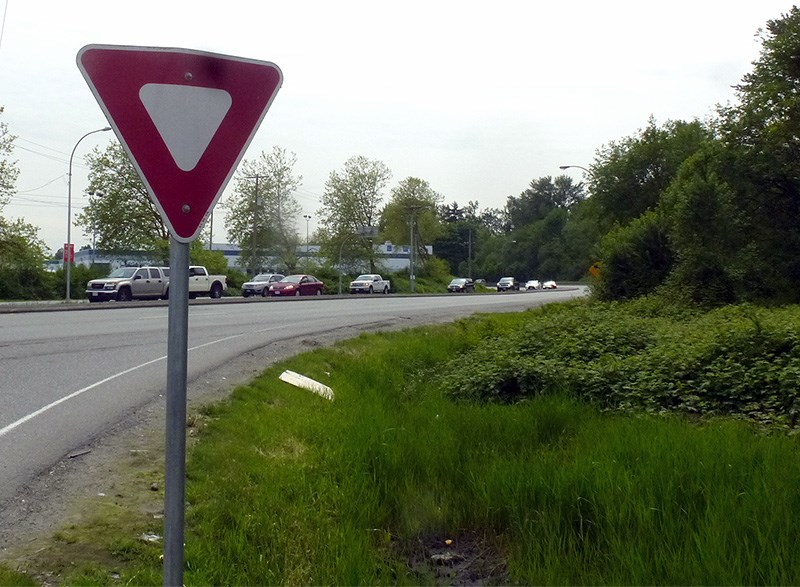Is the Mary Hill Bypass a dangerous road?
In the mid-1990s, the Mary Hill Bypass underwent a major improvement which included four-laning and intersection upgrades and more recently, improvements were made with a direct connection to the freeway.
Light cycling during rush hour also slows down traffic, but despite the work, the provincial highway is an extremely dangerous stretch, made more dangerous during inclement weather when water pools, sending sprays of water cascading over windshields, and during the recent winter weather blast when conditions were slushy and icy.
Despite the fact that much of this highway is curvy and hilly, drivers continue to speed. What's more it's heavily used by truckers which can be an issue in some of the more narrow stretches eastbound toward Broadway Street.
Last week, we found out once again that the highway maintained by the provincial government is tricky for truckers when two trucks careened into each other, resulting in major gridlock throughout Port Coquitlam and Coquitlam.
While there is occasionally speed monitoring, the number of accidents along the route is high, and on average there are over 200 collisions at intersections along the route through Port Coquitlam each year, according to recent numbers.
As suspected, the Broadway Street intersection is the worst for collisions with 66 in 2013, although there was a high of 79 in 2008 and the Shaughnessy Street intersection is no less dangerous, at 64, compared to 45 for Kingsway Avenue, 43 for Pitt River Road, seven for Coast Meridian Road and four for Lougheed Highway.
These intersection collisions don't count accidents that occur between intersections, such as the recent truck accident.
The fact that the road is a race track between Maple Ridge and Coquitlam doesn't seem to worry many drivers, who for the most part, ignore the speed limit, which is 70 km/h.
Reducing the speed limit is not likely to make a difference, but perhaps more warnings along the route and increased traffic enforcement will.



